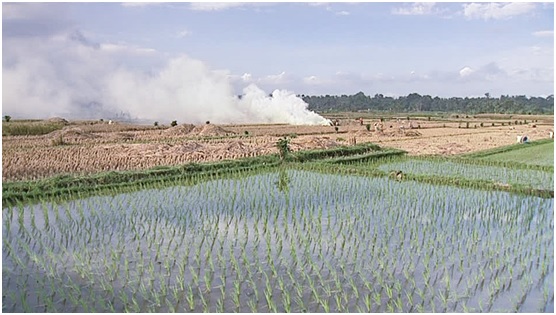Why HOLA
Adequate incorporation of land cover in global and regional climate models is still one of the major priorities in the climate modeling community. In particular, anthropogenic land cover change (ALCC) is still not successfully implemented in these models. As a result, climate models that try to take anthropogenic land cover into account, either to retrodict the past or predict the future are seriously hampered (Strandberg et al. 2014). The inability of climate models to cope with anthropogenic land cover is due to the fact that the dynamic vegetation models coupled to global climate models (GCMs) or regional climate models (RCMs) simulate climate-induced vegetation (potential natural vegetation) but cannot simulate anthropogenic vegetation or full-scale cultivation.
Thus, scenarios of past anthropogenic land cover change (Klein Goldewijk et al. 2011; Kaplan et al. 2009, as well as others), show large differences (Gaillard et al. 2010). The degree and form of long-term and especially pre-industrial human impact on climate is still a matter of debate, and the effects of anthropogenic burning, deforestation, farming, and other land use practices on global climate via biogeochemical and biogeophysical processes in the past are not yet fully understood. Such understanding is critical, however, for planning solutions and improve descriptions of past anthropogenic land cover change at both regional and global scales are therefore urgently needed.

